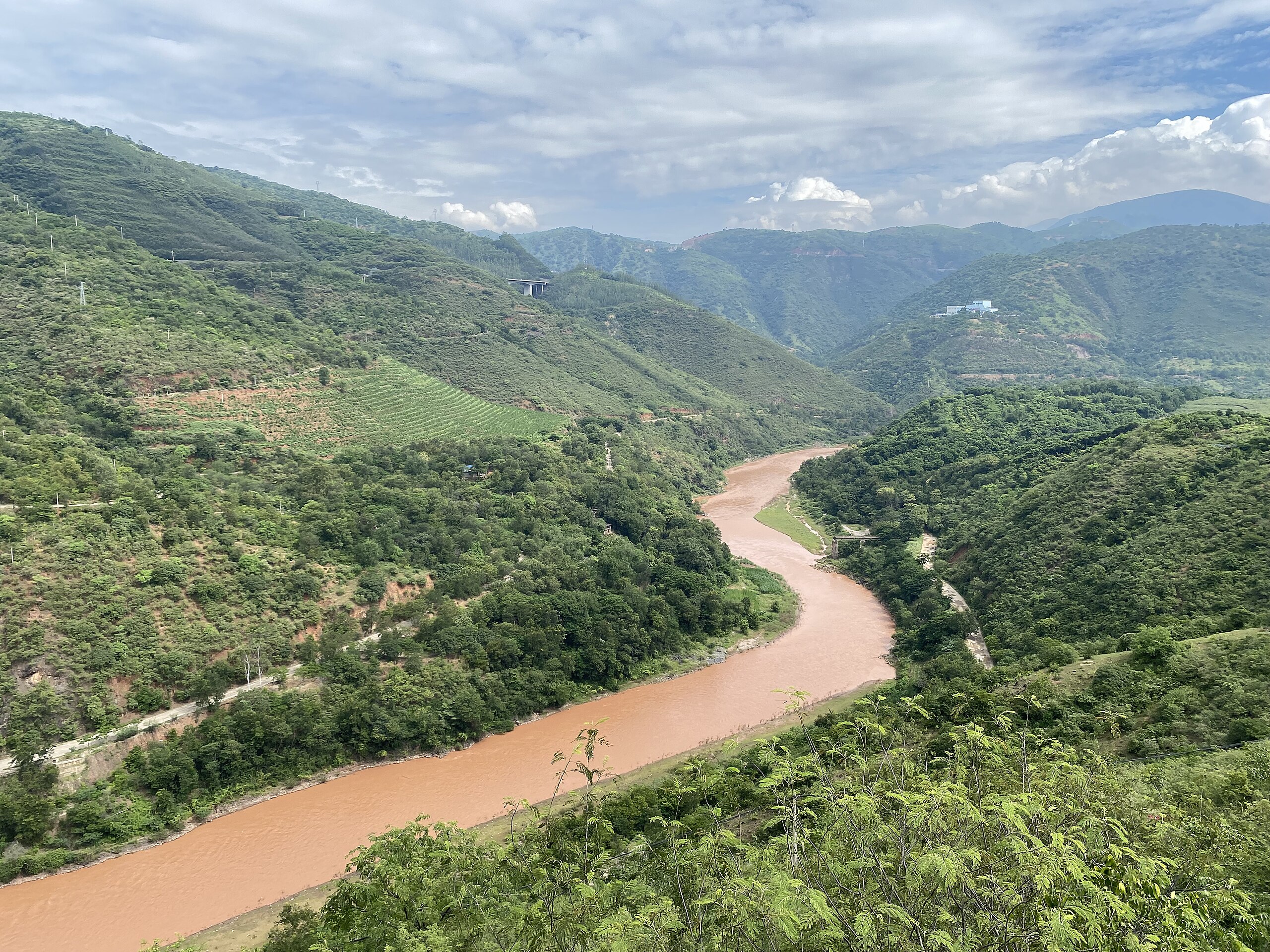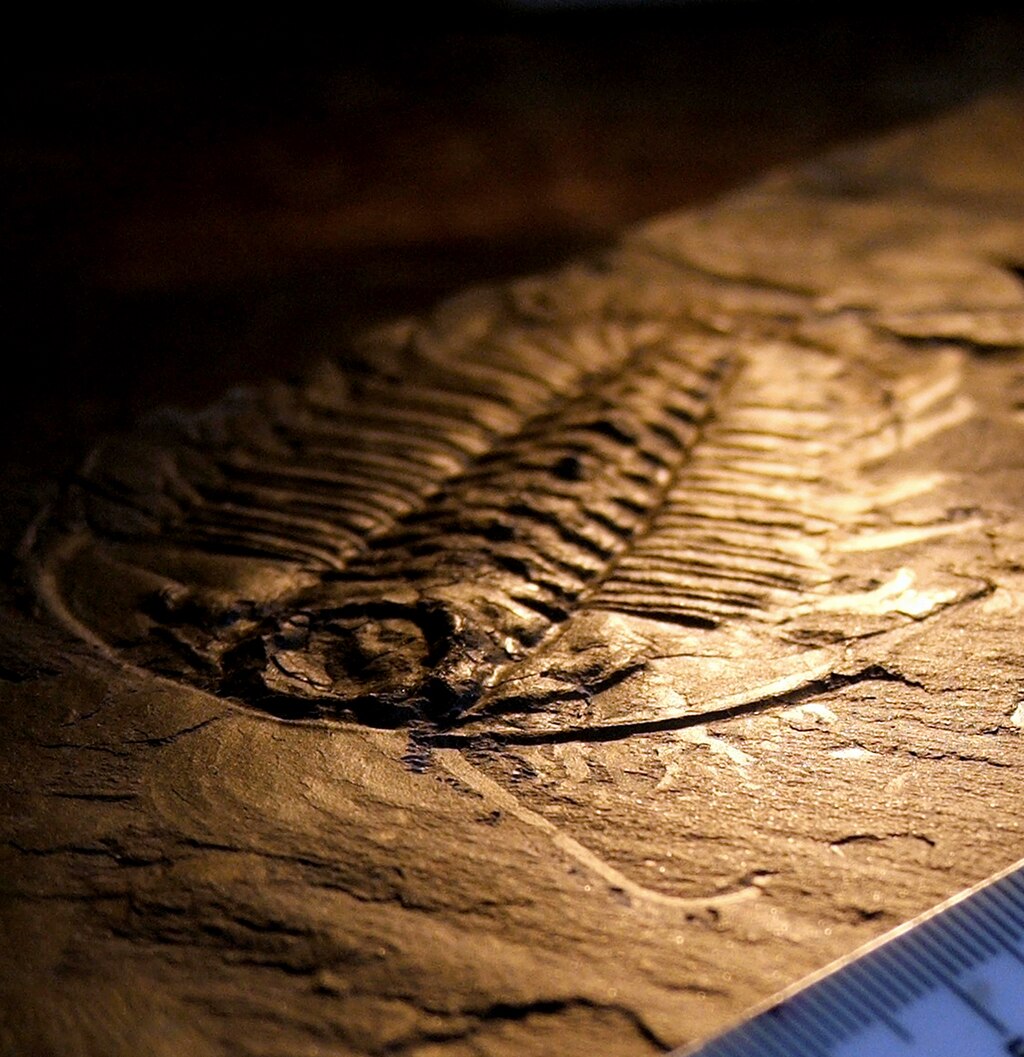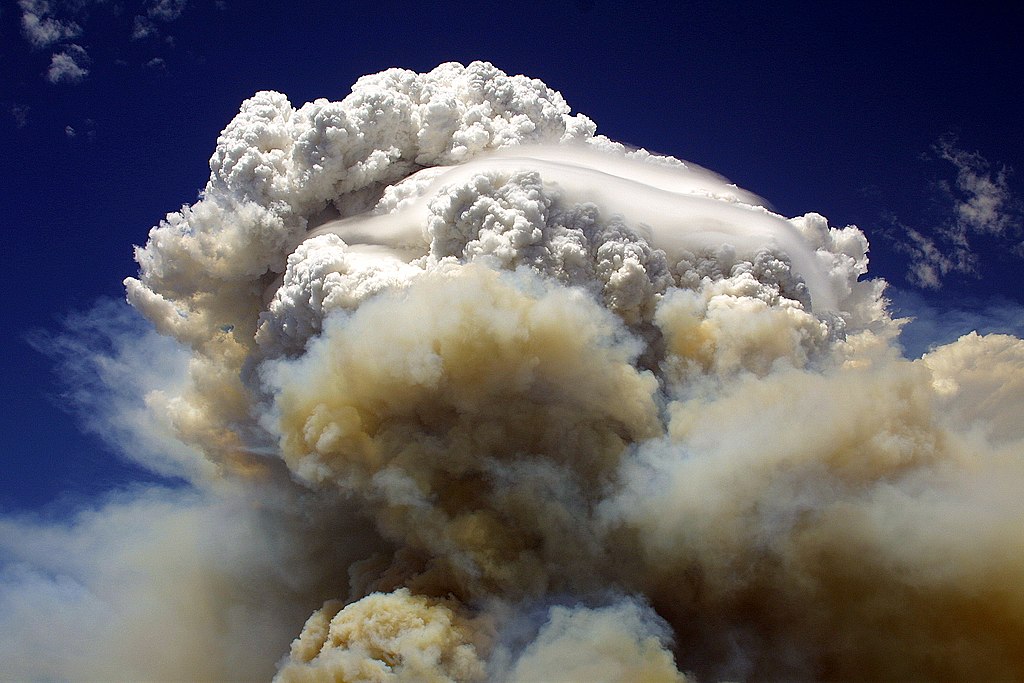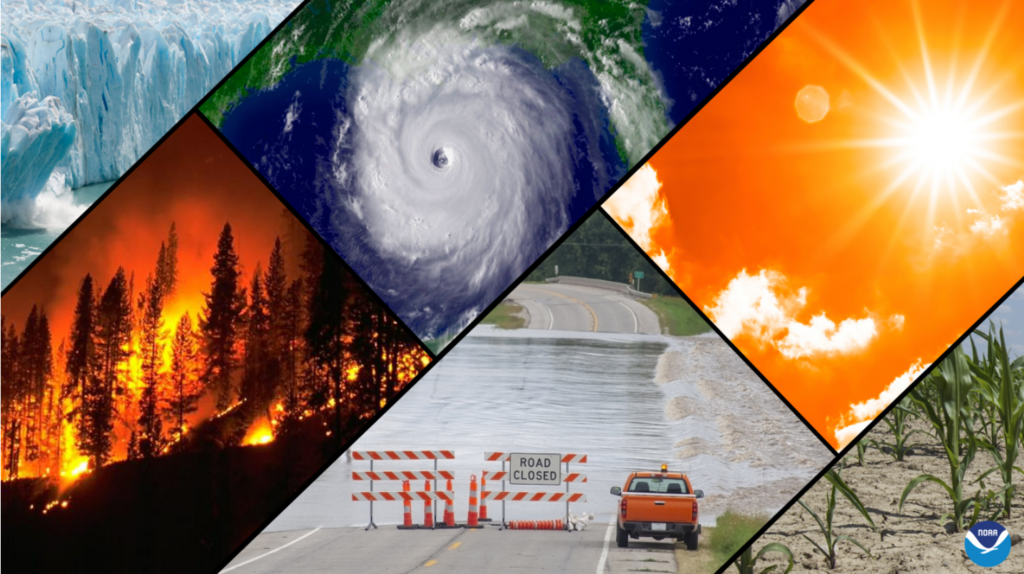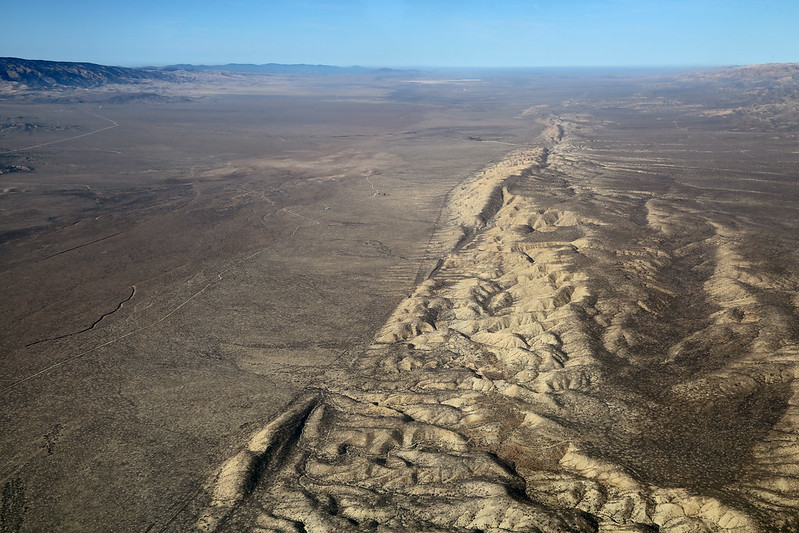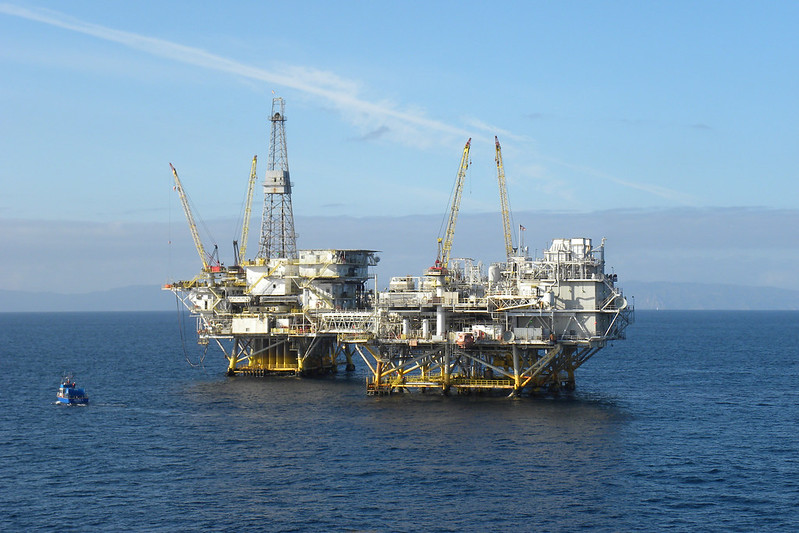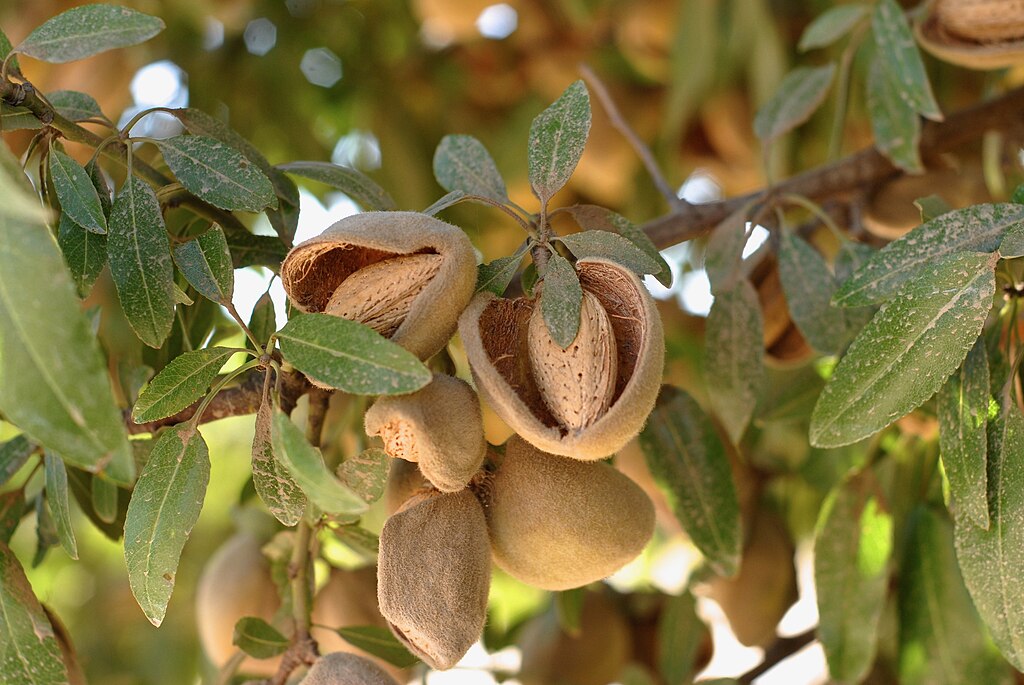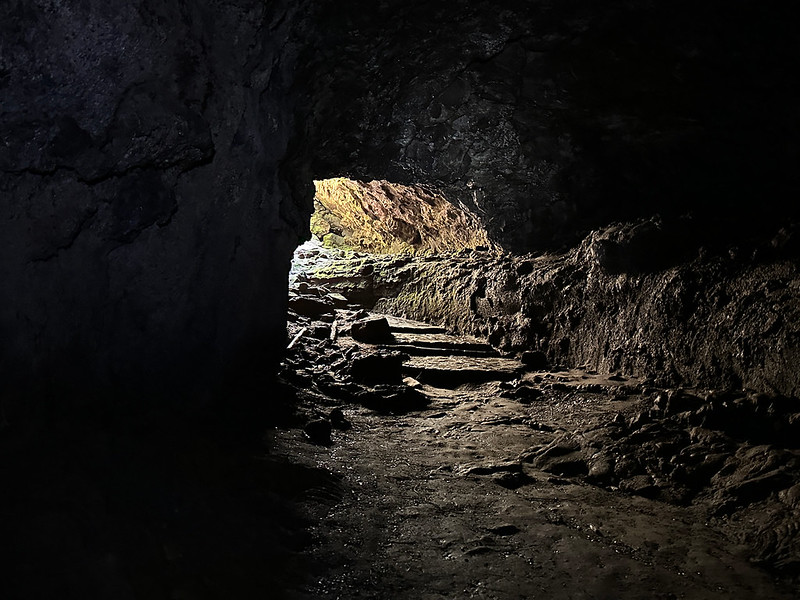
Ape Cave at Mount St. Helens in Washington State. Credit: Jeff Hollett, public domain
AGU News
Don’t just reopen government. Recommit to science
AGU President Brandon Jones exhorts lawmakers in Congress to complete full-year appropriations for federal science agencies and ensure those funds are protected and used as intended. [From the Prow]
Featured Research
More frequent extreme flooding forecasted for US East Coast
Tropical cyclones have long battered the east and gulf coasts of the United States, but extreme coastal flooding from these storms is on track to shift from rare to common. Due to sea level rise and changes in the climate systems governing cyclones, flooding levels that historically struck only once every 100 years could become annual by the end of the century under moderate or high greenhouse gas emissions scenarios. Meanwhile, extreme floods that once happened every 500 years could occur at least every 60 years with moderate emissions and at least every 20 years with high emissions. The flooding characteristic of Hurricane Sandy could inundate New York City three to seven times more often—every 130 to 270 years, rather than every 960 years. [Earth’s Future study]
Underground moon tunnels could shelter lunar explorers – here’s how to find them
Future lunar explorers may one day take shelter from radiation, extreme temperatures, and micrometeorites in lava tubes — underground tunnels where lava once flowed, found on the moon and Earth alike. Now, researchers have hit upon a possible way to find those tubes. The team created a high-resolution, 3-D model of Ape Cave, a lava tube in Washington State, USA, and simulated how it affected gravity measurements. Similar measurements taken near the cave in real life matched their predictions. This implies, the team said, that gravity sensors could reliably detect lava tubes down to 26 meters deep on the moon as well, based on how the tubes affected gravitational measurements. [JGR Planets study]
Marine heatwaves reshape precipitation patterns
Most marine heatwaves experience reduced precipitation throughout their lifetime, but warmer events in the early stage can trigger increased precipitation after reaching peak intensity, causing faster decay. [Eos editors’ highlights][JGR Atmospheres study]
